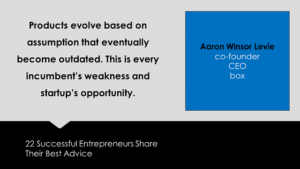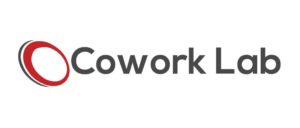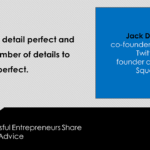
Cash Flow & Profit: Your Financial Ying/Yang
Cash Flow & Profit: Your Financial Ying/Yang
Around here, the first Commandment of our Small Biz is “Thou Shalt Make a Profit.” And we hope that’s how you’ve designed and run your Small Biz – to generate income AFTER expenses measures success! But keeping your head on straight when it comes to the creation, delivery, planning & management of profit is a BIG set of jobs to be done. Where do we suggest you start?
• First, know the difference between cash flow & profit, the ying & yang of Small Biz accounting – separate but inseparable. Don’t mistake what you have in your Small Biz checking account for the money you’ve got left-over after paying all expenses to get it there in the first place. And don’t mistake what appears as on your P&L as profit as during a period for what you’ll have available to post payroll tomorrow. Too often Small Biz look at the cash drawer and say “That’s how much money I made today” or worse yet “That’s how much money I have to spend” and the accounting death-spiral begins.
• Profit should be the key to spending, but keep it simple. A skinny version of your P&L report (or compact P&L model) is what experts suggest is your best means of assessing how much you’ve made and how much you have available to invest.
• Profit changes sometimes turn on the smallest things. Ever wonder why so many restaurants fail? It could be as simple and small as the margin on a handful of lunch dishes served. It could be a price increase on frying oil. Let’s face it – every Small Biz thinks their margins are razor thin, so even the slightest nudge to the razor makes a cut.
So, this all means you have some important, living & breathing documents you need to produce & have at the ready for your Small Biz:
• Your Small Biz Cash Flow Statement shows the pluses and minuses of cash in and out of your Small Biz during whatever period you designate (week, month, quarter, year.) Not to be confused with…
• Your Small Biz P&L (some call this an Income, or Earnings Statement) which identifies and adds up all the revenue and expenses and defines what’s left — that’s what the “P” or the unwelcome “L” means.
• Your Balance Sheet (some call this Statement of Financial Condition) summarizes your assets and liabilities at the close of business on the last day of the profit period and reports the sources of your owners’ equity (assets less liabilities).
You need to be student, carpenter, high-priest & ninja when it comes to these 3 key financial reports on your Small Biz. Not only will you make better decisions using them every day, you will make a very positive impression on your banker, your vendors & your Mom.
And perhaps the management of these 3 reports is the best reason you need to consider automating your accounting, bookkeeping & financial management systems. These automated services & platforms will notpreclude your need for a darned good Accountant – we have one and and we’ve made him an active participant in our Small Biz.
Last but not least, how you look at profit & cash flow should help you plan ahead. That’s plan. We know that word is scoffed at amongst our Small Biz peers, but please. FBP – forecast, budget, plan. Which means you’ll need:
• A forecast P&L statement for your next period (month, quarter, year.) Even if it’s short, sweet & filled with guesses, your forecast will be your day-to-day guide, a microscope, measuring stick & cutting guide as you march ahead. Fear not if you require mid-stride adjustments.
• A forecast Balance Sheet for your next period (month, quarter, year.) You don’t necessarily need a detailed listing of every asset and liability one year off. But you definitely should look ahead to your general, overall financial condition one year later. It’s better to spot problems earlier than later. Looking down the road at where your financial condition is heading can help you avoid major problems.
• A forecast Cash Flow statement. Less absolutely predictable than any other forecast, estimating when income & expense is at least expected to happen allows you to prioritize sales efforts and de-prioritize intended investments. It’s a requirement for fact-based decision-making, a reality check on what you can or cannot do.
 Aaron Winsor Levie: Products evolve based on assumption that eventually become outdated. This is every incumbent’s weakness and startup’s opportunity.
Aaron Winsor Levie: Products evolve based on assumption that eventually become outdated. This is every incumbent’s weakness and startup’s opportunity.
Office In America Co.: Bring possibilities to your business.We are your business service provider in corporate address, office space, co-working space, personal assistant, mail handling, conference room, meeting space, phone number, fax number and more. Are you looking for an office space to rent? For a free tour of your next office and a one day free pass, call us now at +1.713.893.1400
![]()
in partnership with







